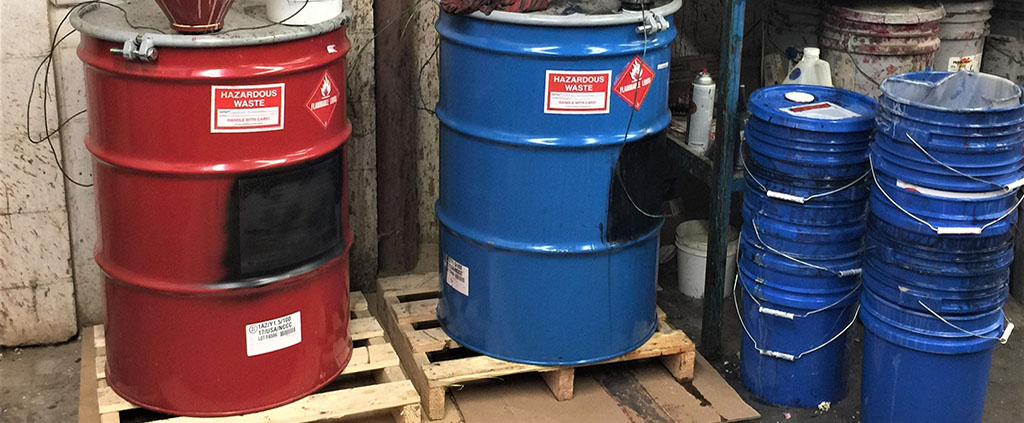Lockout/Tagout – Effective Implementation

How do I start a Lockout/Tagout Program? Lockout/tagout programs prevent injuries and ultimately, save lives. Lockout/tagout is an energy control procedure that requires an employee to isolate energy before doing any cleaning, adjusting, or repairing of a piece of equipment. In layman’s terms, it means that if an employee is going to access a piece […]
OSHA Inspections – Keys to Success

According to the latest statistics provided by OSHA, there were approximately 73,000 federal and state plan inspections that occurred throughout the 2018 fiscal year. Were you one of those companies? If so, how did your company fare during the inspection? Was your company prepared? OSHA inspections, like any regulatory inspection, can be positive experiences or […]
Defining “Oil” Under the SPCC Rule

As a refresher, a Spill Prevention Control and Countermeasures (SPCC) plan is required for facilities storing oil with an aggregate storage capacity greater than 1,320 gallons in containers greater than 55 gallons. The plan is a requirement under the Oil Pollution Act (OPA), an amendment made to the Clean Water Act (CWA) in 1990. Under […]
OSHA’s Electronic Injury Reporting Requirements

Every year, millions of employers are required to keep track of their workers’ injuries and illnesses by recording them in what is often called an “OSHA Log.” The OSHA Logs consist of three separate documents: the Form 300 Log of Work-Related Injuries and Illnesses, the Form 300-A Summary of Work-Related Injuries and Illnesses, and the […]
Certifying a Stormwater No Exposure Certification (NEC)

Water from rain and melted snow washes dirt, oil, garbage and chemicals into nearby rivers and streams. This can be very hazardous to the health of these water channels and the land surrounding them. Keeping industrial materials in a storm-resistant shelter protects surrounding waterways from exposure to the potentially harmful effects of industrial stormwater runoff. […]
GIR Rule Impact on RCRA Waste Generators: Highlights as States are Impacted

HISTORY In 2017, the US EPA finalized updates to the RCRA regulations, called the Hazardous Waste Generator Improvements Rule (GIR). The purpose of the update was to increase compliance within the hazardous waste generator community and allow some additional flexibility for managing hazardous waste. The overall impact of the rule change will lessen the regulatory […]
Heat Stress – Reducing Employee Risk

As working environment temperatures increase due to the season or other factors, heat-related risks can be effectively reduced for employees working inside or outside using a combination of controls and knowledge. What do you need to know to protect your employees? The level of heat stress exposure at your facility The human body’s response to […]
OSHA Updates for 2019

For the 2019 year, OSHA has some notable updates in the areas of enforcement activities and recommended reduction efforts for training programs, along with the elimination of an agency board. The new annual budget for OSHA is $557,000,000, which is 5% more than the previous year of $531,500,000. This new budget will add 26 additional […]
OSHA’S MOST CITED GENERAL INDUSTRY STANDARDS – HOW TO PREPARE YOUR FACILITY

It’s the phone call every safety, plant or human resource manager dreads: “There’s someone from OSHA here waiting for you in the lobby.” Regulatory action isn’t the sole reason we work every day on our safety programs, but it does create an instance where the “rubber meets the road” so to speak. Being able to […]
Tornadoes – Is your Industrial Operation Prepared?

Photo Credit: NOAA National Severe Storms Laboratory Benjamin Franklin famously said, “by failing to prepare, you are preparing to fail.” In our field, an insufficient plan—or worse, no plan at all—can be destructive or even deadly. This is true for workplace incidents as well as severe weather ones like tornadoes. If you have properly prepared, […]
